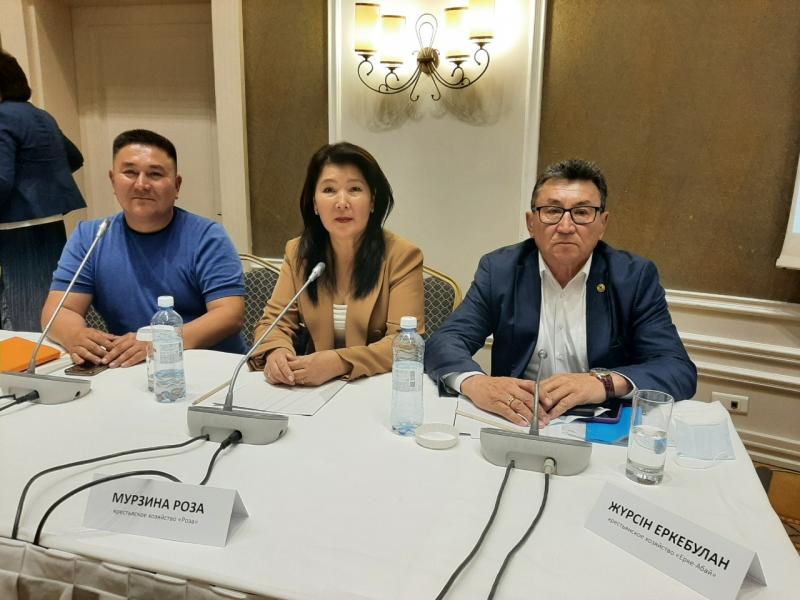
The resonant issue of saiga population regulation has divided society into two camps. Some are against radical measures, believing that permission to shoot will lead to the mass extermination of animals. Others support the initiative to shoot a certain number of steppe antelope, which, due to constant raids on farmland, threaten food security. Both those and others spoke at a round table organized by the Ministry of Ecology, reports World of NAN.
According to the official information of the Institute of Zoology of the Republic of Kazakhstan, the total number of saigas in the country is 1 million 318 thousand individuals. The representative of the institution A. Grachev at the meeting gave a biological rationale for regulating the number of animals.
An important factor in the need for regulation, scientists call the current discrepancy between the number of saigas and the available food resources. In turn, representatives of the Ministry of Agriculture also acknowledged that competition between relic and domestic animals for water, pastures and hayfields has intensified. In addition, the growth of the population has led to the fact that animals trample the fields of farmers, eat crops, causing enormous damage not only to the crops of businessmen, but also to the rural economy as a whole. Also important is the risk of disease outbreaks among the sharply increased livestock. Scientists fear that diseases of the steppe animals can also be transmitted to livestock.
Given the current circumstances, zoologists propose to experimentally conduct "regulation of the number of saigas", carefully avoiding the word "shooting". The optimal period is the period from September 15 to November 30. According to scientists, by this time the saiga cubs are no longer so close to their mother, they will noticeably grow up.
In WKR, where the largest number is 801 thousand, it is proposed to eliminate 10.0% of the population. The volume of decrease of the Betpakdala population in the territory of Kostanay and Akmola regions is recommended in the amount of no more than 2.5% of the population level. At the same time, the Institute of Zoology proposes to extend the current ban on the mass shooting of saigas until 2025.
In order to prevent a surge in poaching, which many fear, the shooting should be carried out by a specialized state organization. Animal carcasses, after sanitary and veterinary control, are proposed to be transferred for processing to meat processing plants.
Animal activists believe that the population has not grown enough to artificially regulate it. In their opinion, after the permission to shoot, there will be a massive outbreak of poaching, which can lead to the loss of livestock observed in the 90s.
Eco-activist, founder of the fund for the protection of saiga "Akboken" S. Dildakhmet says that the solution of the problem needs to be approached comprehensively.
“It is necessary to first bring the population to 2-3 million individuals in order to talk about regulation. Currently the issue is being resolved one-sidedly. We may lose livestock. We need to solve the problems of farmers and restore saiga migration routes,” said Saken Dildakhmet.
Animal rights activists are sure that the local authorities at one time thoughtlessly distributed agricultural land, not taking into account the migration of saigas. Now the growing population has nowhere to live.
Vice-Minister of Ecology, Geology and Natural Resources of the Republic of Kazakhstan Aliya Shalabekova hastened to reassure the activists and urged them to understand the situation of farmers who are suffering large financial losses due to damages to the fields.
“We need a balanced approach. To keep the population and at the same time, so that the farmland is not subjected to damage. The issue of regulation is being raised this year. We need to somehow stop the damage to agriculture,” the vice minister emphasized, speaking at a briefing.
The farmers themselves, who came from different regions of the country, spoke about the threat to the country's food security, about the saiga invasion.
“Understand that not only farmers suffer, but also the population of villages that have 2-3 cows, several sheep per family. Cattle have nothing to eat after saiga. And in our region there is nothing to do except animal husbandry. You want to take care of the saigas, but who will take care of the people?” Bauyrzhan Sabanov, a farmer from the West Kazakhstan region, was indignant.
The farmer assures that after the saiga raids, there is no point in trying to do something in the fields. Animals trample the seedlings. Harvest is out of the question.
The farmer insists on an urgent regulation of the number of saigas - either move or allow the shooting. And in support of farmers who do not receive a penny for damage to crops, provide for tax preferences, subsidies for fencing in order to protect pastures and lands. In the end, you can resort to the help of investors who are ready to invest in the business, B. Sabanov believes.
Roza Murzina, who spoke at the event, also spoke about the material damage from the saiga. According to her, 6,000 hectares out of 12,000 have been damaged. In autumn, even harvesters were not brought into the fields, as everything was eaten by saiga.
Valery Petrov also spoke on behalf of the farmers of the Akmola region. On seven farms, saigas destroyed 26,000 hectares of crops last year alone, he says.
The total damage, which amounted to 1.5 billion tenge, was not compensated. They wrote letters to the Ministry of Agriculture, the Ministry of Ecology.
“We chase animals from morning to evening. I have 3 thousand hectares that are not subject to harvesting. We “wear out” 3-5 motorcycles on 15 thousand hectares in 2 months. In 2 months, the Niva car cannot be restored due to constant detours. There is no compensation,” lamented the farmer.
As for assistance from the Ministry of Agriculture, it is not worth waiting for compensation yet. Murat Irgibayev, deputy director of the department of agriculture of the Ministry of Agriculture of the Republic of Kazakhstan, said that the department worked out the issue of insurance with the Agricultural Insurance Association.
“An answer was received that there are a lot of risks due to crop damage by saigas. As well as the high risk of the human factor. Accordingly, it is very difficult to make a miscalculation of damage - destruction of crops,” said the representative of the Ministry of Agriculture.
According to him, state support in the saiga issue is not entirely needed, and now the relevant authorities have to deal with the consequences, not the causes.
The general tone of the event led to the idea that they would still shoot at relic animals in Kazakhstan.



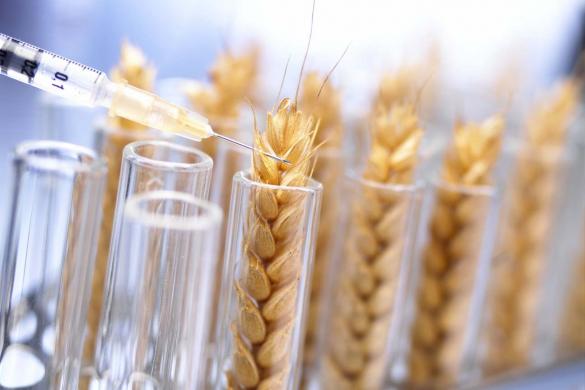
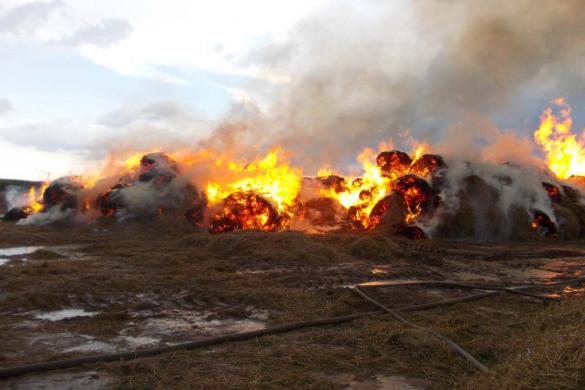
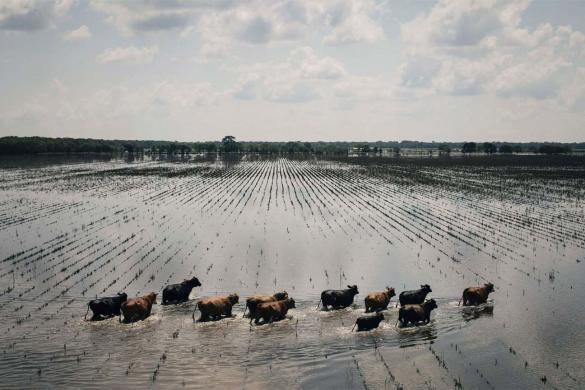









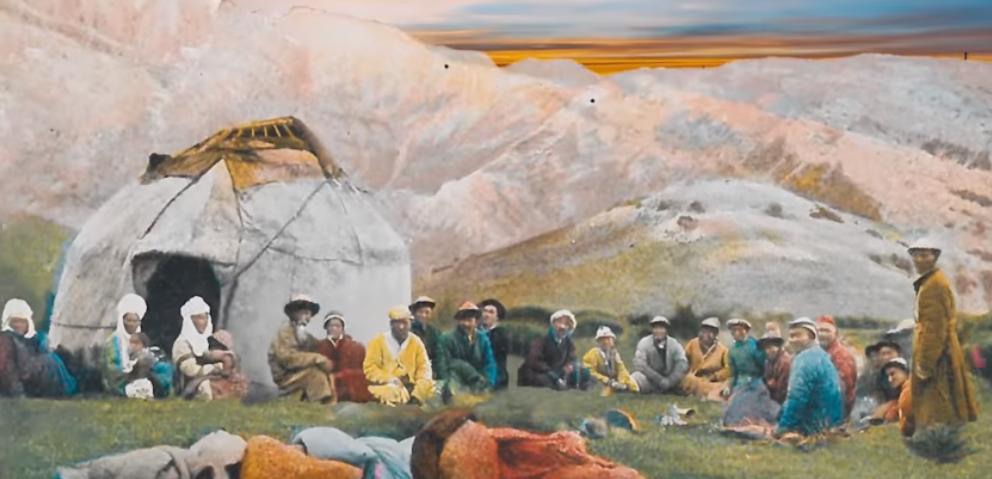


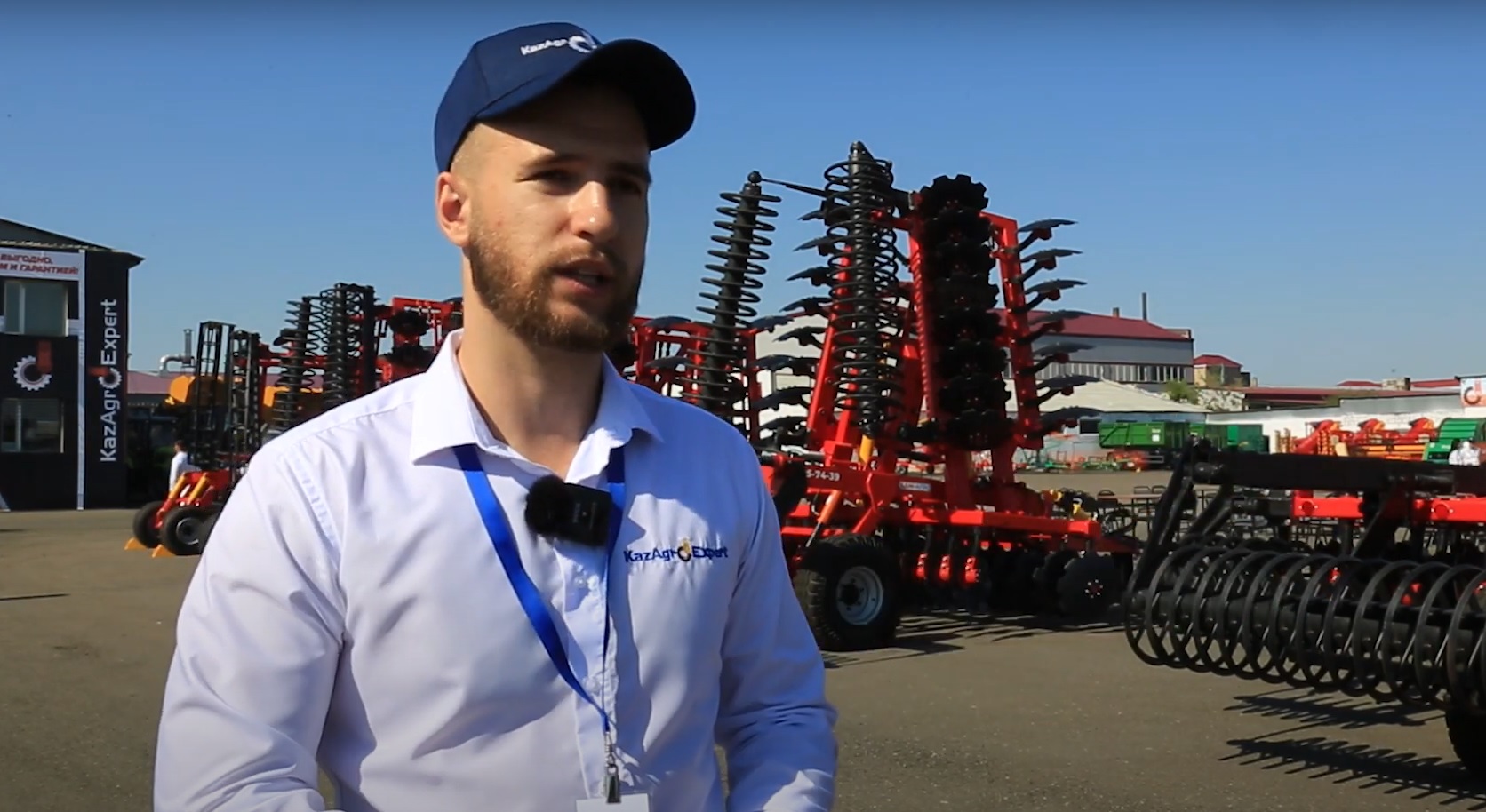

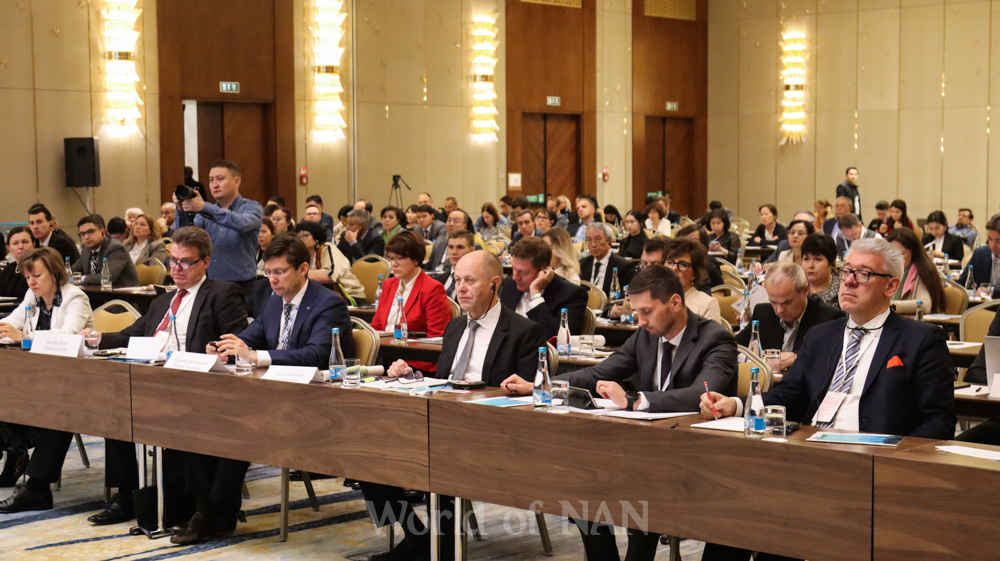
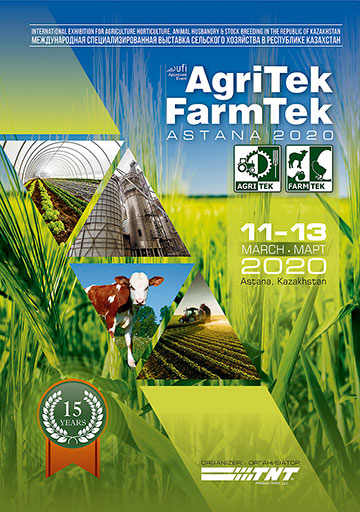




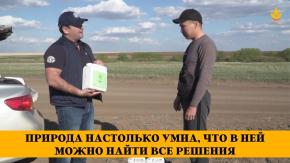

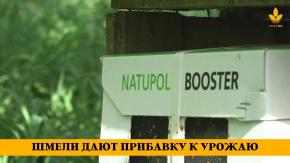



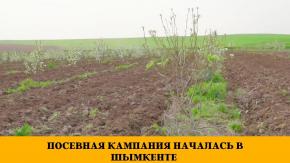





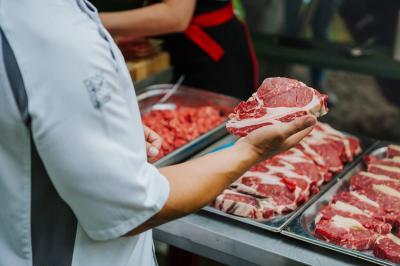
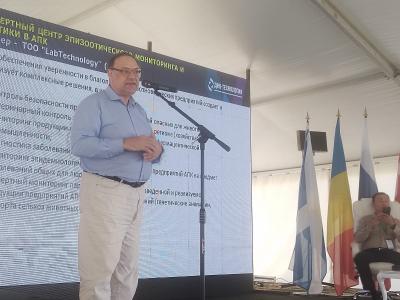
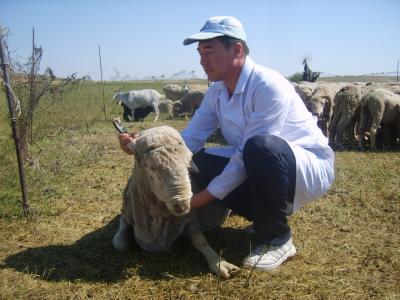
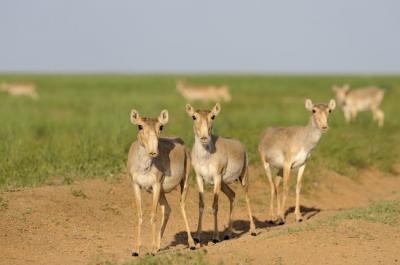
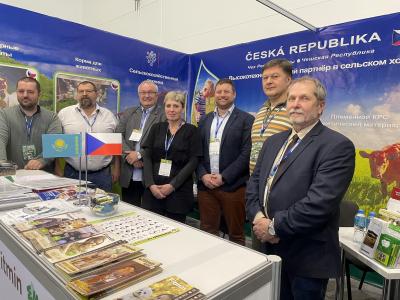

Обсуждение